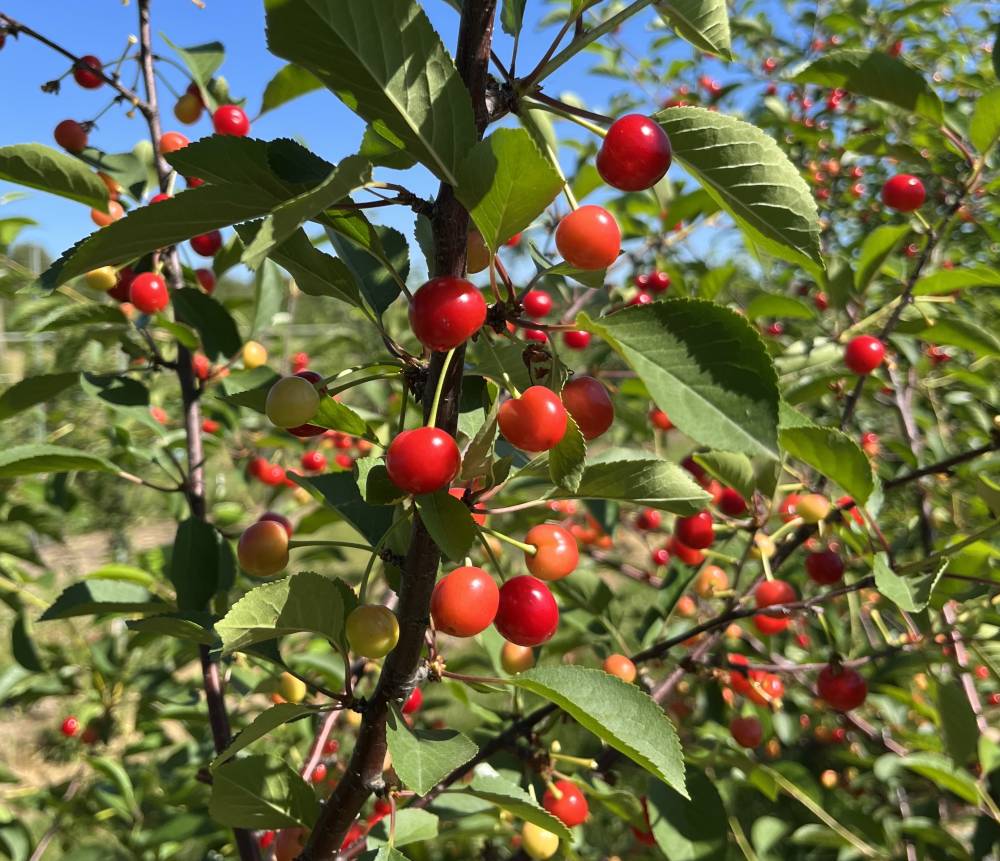Depending on the type of disease, the symptoms that can be visually observed take the form of coloured spots of various shapes and sizes, lines or marks on the stems and various parts or organs of the plant. To manage and combat pests and diseases in plants, the most common solution is the use of agrochemicals.
However, it is not always easy to diagnose the disease or insect and then treat in time and with an appropriate dose. As a result, the optimal time for treatment may be overlooked or too much product may be applied. As image processing techniques are able to differentiate coloured objects, plant diseases can also be identified.
The method of deep learning can be used to develop systems that enable real-time diagnosis of diseases. Technological methods that are more practical, faster and eliminate the margin for human error in the diagnosis of diseases, as well as in the identification of disease severity and progression, offer considerable advantages.
Cherry trees can be attacked and damaged by the so-called shot-hole disease, a disease induced by the fungus Stigmina carpophila that leads to a reduction in the quality and yield of the cherry orchard. Scholars from Ankara University and Tokat Gaziosmanpasa University performed a study with the aim of being able to detect the presence of this disease in real-time with a smartphone.
Three separate methodologies, namely the YOLOv8s, RtmDET MM Detection and DETR Transformer algorithms, were trained on the generated hybrid dataset and then compared with each other. The YOLOv8s algorithm showed the best performance as a result of the training.
Upon completion of the training and model testing, real-time tests were conducted in the field where the disease was present, using a smartphone. The results were compared with similar studies in the literature of real-time disease detection based on YOLO.
Below is a summary of the main results of this study:
- The investigation generated a hybrid dataset. Using identical performance parameters with the generated dataset, comparisons were made between the RTMDet MMDetection and DETR Transformer algorithms, which use different methodologies. The most impressive performance was provided by YOLOv8s. This algorithm completed training in the minimum time when the algorithms were evaluated in terms of training time.
- The YOLOv8s algorithm, which was used in the study for its outstanding performance, was uploaded onto the Roboflow platform and API and QR codes were generated. The code was scanned with a smartphone and tests were conducted in the field. The shot-hole disease was accurately identified in 115 out of 119 images of cherry plants, thus meeting the criteria for a reliable system.
- As a result of the project, the QR code of a prototype application was provided. This application can be scanned by researchers and growers directly from their devices to identify the disease in the fruit in real-time.
In the future, with the continuous development of hardware and algorithms, it will be possible to develop even better real-time detection systems and integrate them into agricultural machinery for a more sustainable management of the cherry orchard.
Source: Uygun, T., Ozguven, M.M. Real-Time Detection of Shot-Hole Disease in Cherry Fruit Using Deep Learning Techniques via Smartphone. Applied Fruit Science 66, 875–885 (2024). https://doi.org/10.1007/s10341-024-01085-w.
Image: EPPO
Melissa Venturi
University of Bologna (IT)
Cherry Times - All rights reserved










